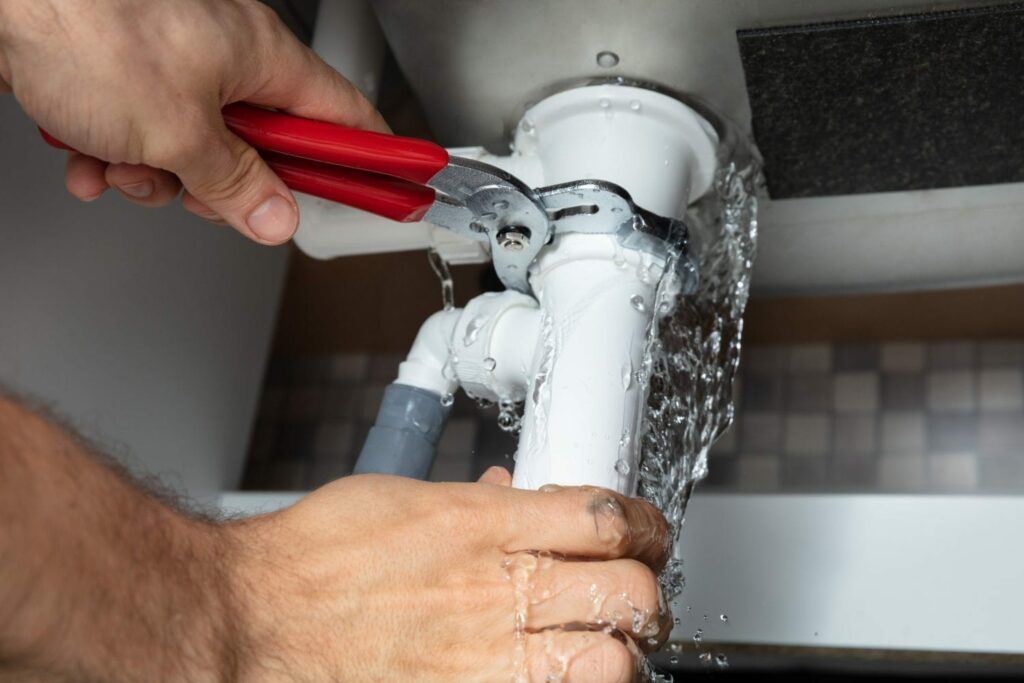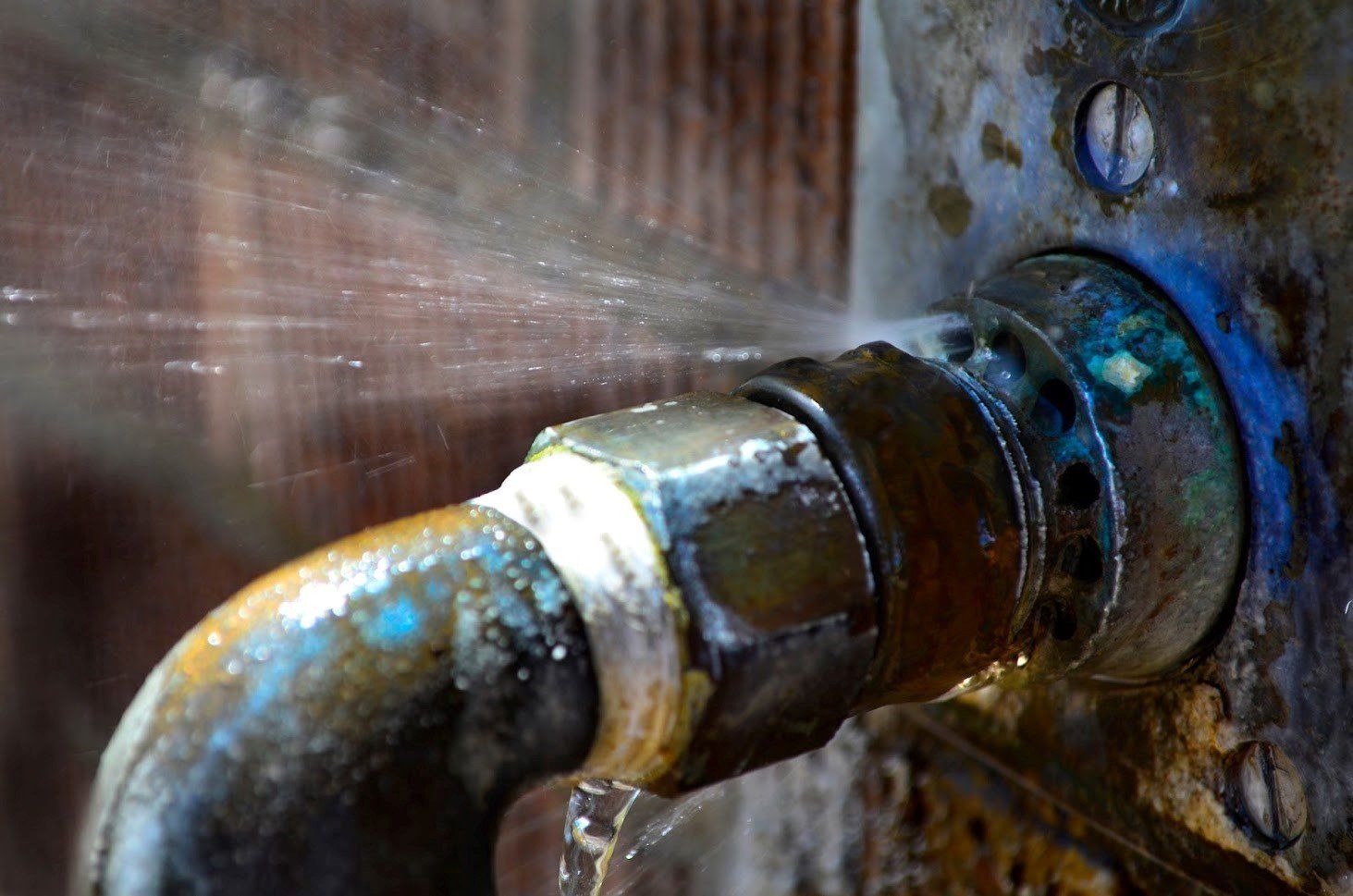Quick-Response Plumbing: Tips for Identifying and Dealing With Burst Pipes
Quick-Response Plumbing: Tips for Identifying and Dealing With Burst Pipes
Blog Article
Do you find yourself trying to find advise concerning How to Prepare for Your Dishwasher Installation?

A burst pipeline is a major emergency; you can just stand as you watch water you pay very much to rejoin with the earth. In even worse cases, you see a pool on your kitchen area flooring, which is a fantastic journey danger, especially if you have youngsters around. If the pipe that ruptured was in your wall surfaces, bad news: you might need to repaint that whole section.
Just how can a catastrophe like a burst pipe be stopped and taken care of? Well, by listening to your professional emergency plumbing technicians and adhering to these policies.
Just how do I understand when my pipelines have burst?
Fluctuating water stress
Pipes do not simply burst in a day. You may have observed that your kitchen faucet or shower doesn't run promptly when you turn the tap. It may stop for a few secs and then blast you with more pressure than typical.
In various other instances, the water might seem regular at first, after that drop in stress after a couple of seconds.
Damp walls and also water stains
Prior to a pipeline bursts, it will certainly leak, a lot of times. If this relentless leaking goes undetected, the leak might finish into a large gouge in your pipeline. One very easy method to prevent this emergency is to look out for wet wall surfaces ad water spots. These water discolorations will lead you right to the leakage.
Puddles under pipelines and sinks
When a pipeline ruptureds, the outflow develops a pool. It may appear that the pool is growing in size, and also no matter the number of times you wipe the pool, in a few minutes, there's an additional one waiting to be cleaned. Typically, you might not have the ability to trace the puddle to any kind of visible pipes. This is an indication to call an expert plumber.
Untraceable leaking sounds
Pipeline bursts can occur in one of the most undesirable places, like within concrete, inside walls, or under sinks. When your home goes quiet, you might be able to hear an annoyingly persistent leaking sound. Also after you have actually examined your shower head and kitchen tap, the leaking might proceed.
Beloved reader, the dripping may be coming from a pipe inside your walls. There isn't much you can do concerning that, other than tell a professional plumber.
Turn off the Water
When water ices up, it expands in volume by regarding 9 percent. And also it increases with tremendous pressure: The pressure inside pipes might go from 40 extra pounds per square inch to 40,000 psi! No pipeline can hold that much stress, so it breaks open. The break may happen where the ice types, yet regularly, it occurs where water pressure discovers a vulnerable point in the pipe. That may be inches and even feet from the frozen location. Locate the water shutoff valve and also turn off the water to prevent more damage. You may likewise require to shut down the power too, relying on where the leakages occurs and how big it is.
Contaminated water
Many people assume a burst pipe is a one-way outlet. Rather the contrary. As water drains of the hole or tear in your plumbing system, impurities locate their method.
Your water might be infected from the resource, so if you can, inspect if your water container has any type of issues. Nevertheless, if your alcohol consumption water is provided as well as cleansed by the city government, you ought to call your plumber right away if you see or smell anything funny in your water.
What do I do when I find a burst pipe?
Your water meter will remain to run also while your water wastes. To decrease your losses, locate the primary controls as well as turn the supply off. The water mains are an above-ground structure at the edge of your residential or commercial property.
How to Fix & Detect a Leaking Pipe
How Do I Know if a Pipe is Leaking?
Leak detection tests can help you determine if your pipe has a leak. Even if you don’t see an apparent leak, you should still conduct leak detection tests regularly to save water and money—and prevent major damage to your home.
Water meter. It can be helpful to figure out what your usual water meter usage numbers are and then monitor them regularly. To monitor your meter, first, turn off all water faucets in your home. Check the meter and write down the numbers. In a few hours, check the meter again. If the numbers have changed, you have a leak. Water gauge. Use a water gauge to test your water pressure. Your showerhead should produce a certain amount of water pressure based on its model and design. If the pressure is lower than it is supposed to be for that specific showerhead, your home likely has a leak. Puddles. Look inside your bathroom, laundry, and kitchen sink cabinets. Puddles around the cabinets or around toilets, tubs, showers, and washing machines indicate the presence of a leaking pipe. You may also notice loose tiles, peeling or flaking paint, or mold caused by water accumulation. Napkin test. Even if you don’t see any puddles, you may still have a leak. You can test for water leaks in the bathroom, laundry, and kitchen by wiping below-sink connections with a napkin, paper towel, or piece of toilet paper. If it becomes damp, you probably have a leaking pipe under the sink. Discolored walls. Walls that are discolored—usually with brown or yellow stains—or bulging might mean that they have been impacted by water damage caused by a leaking pipe. Smell. A leaky pipe will create sitting water, and over time, that water may develop a musty smell. If your home smells musty, but you can’t locate the source, it may be due to a leak. Steps for Fixing a Leaking Pipe
A leaky drain can be remedied by tightening the pipe base, replacing the drain seal, caulking the rim, and tightening the pipe nut. Similarly, a leaking toilet pipe can be treated by tightening the packing nut. You may also need to replace the valve. A leaky faucet may just need tightening or replacement of the washers. If that doesn’t work, consider replacing your faucet. If your pipe has a hole in it, you may want to use a pipe leak sealer or pipe leak tape. This quick fix for water pipe leaks can also temporarily fix a copper pipe leak. https://www.ahs.com/home-matters/quick-tips/how-to-tell-if-pipes-are-leaking/

Do you like reading about How to Install and Connect a New Dishwasher? Try leaving feedback further down. We'd be glad to listen to your insights about this article. We hope that you come back again in the near future. Those who liked our post please don't forget to share it. We love reading our article about What to Know Before Installing a Dishwasher.
Go Company
Report this page